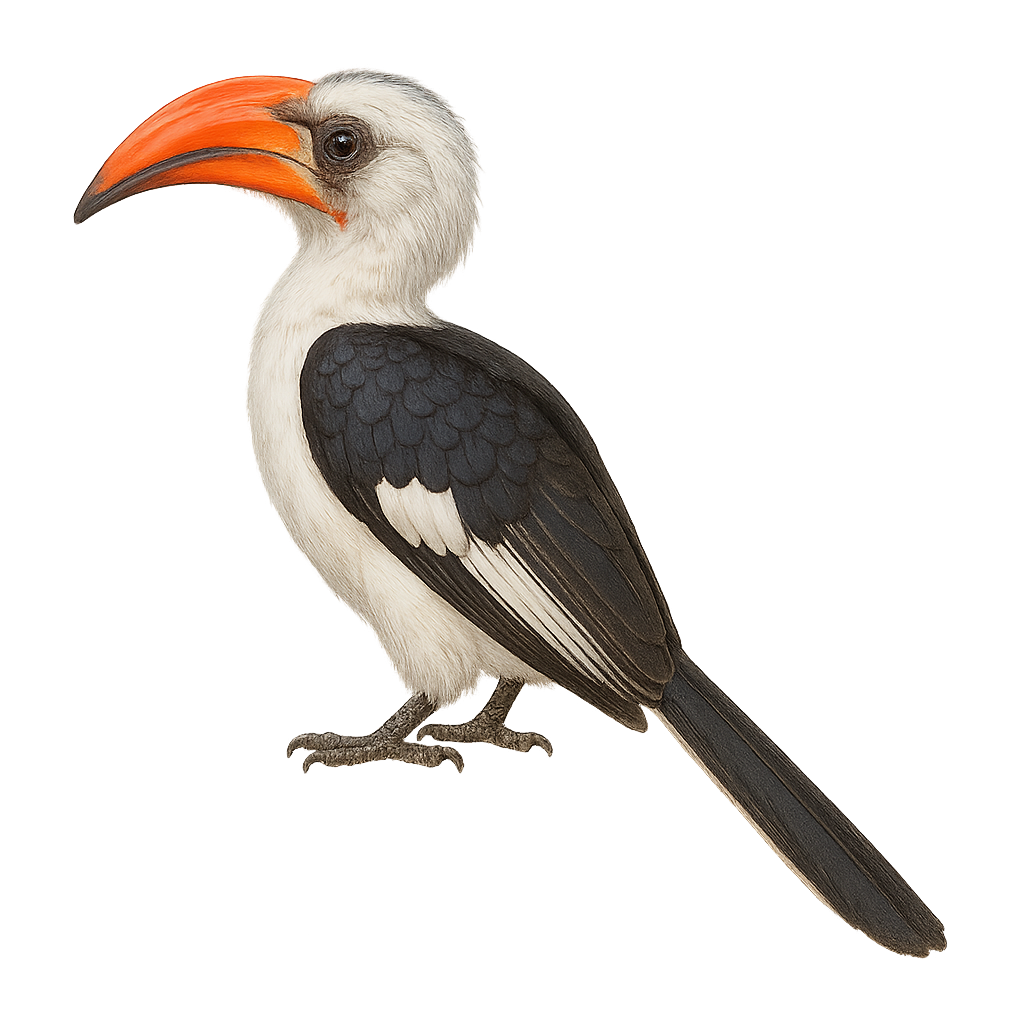Your wildlife photography guide.
Explore the von der decken's hornbill in detail, study its behavior, prepare your shots.
Where to observe and photograph the von der decken's hornbill in the wild
Learn where and when to spot the von der decken's hornbill in the wild, how to identify the species based on distinctive features, and what natural environments it inhabits. The WildlifePhotographer app offers tailored photography tips that reflect the von der decken's hornbill’s behavior, helping you capture better wildlife images. Explore the full species profile for key information including description, habitat, active periods, and approach techniques.
Von der Decken's Hornbill
Scientific name: Tockus deckeni

IUCN Status: Least Concern
Family: BUCEROTIDAE
Group: Birds
Sensitivity to human approach: Suspicious
Minimum approach distance: 10 m
Courtship display: March to April
Incubation: 23-25 jours
Hatchings: March to May
Habitat:
Dry savannas, open woodlands, bushy areas
Activity period :
Primarily active during the day, with peak activity in the morning and late afternoon.
Identification and description:
The Von der Decken's Hornbill, scientifically known as Tockus deckeni, is a captivating bird native to East Africa, particularly Tanzania and Kenya. This hornbill is characterized by its striking black and white plumage and a large, often reddish bill in males. It primarily inhabits dry savannas, open woodlands, and bushy areas. These birds are known for their social behavior and tendency to live in small groups. They primarily feed on insects, fruits, and small reptiles. Their calls are often heard at dawn and dusk, marking their territory. The Von der Decken's Hornbill plays a crucial role in its ecosystem by aiding in seed dispersal.
Recommended lens:
400mm – adjust based on distance, desired framing (portrait or habitat), and approach conditions.
Photography tips:
To photograph the Von der Decken's Hornbill, it is advisable to use a telephoto lens of at least 400mm to capture detailed images without disturbing the bird. Look to photograph early in the morning or late afternoon when the natural light is soft and flattering. Be patient and discreet, as these birds can be suspicious. Try to capture moments when the hornbill interacts with its environment, such as when it is feeding or calling. A tripod can be helpful to stabilize your camera and achieve sharp images.
From knowledge to field practice
A species profile helps you understand an animal. In the field, the challenge is often different. Remembering your own observations.
The WildlifePhotographer app allows you to:
• record your personal observations
• note locations, dates, and behaviors
• revisit your field references over time
• build a private and long-term field logbook
The app does not provide observation locations.
It helps you organize what you actually observe, with respect for wildlife.

